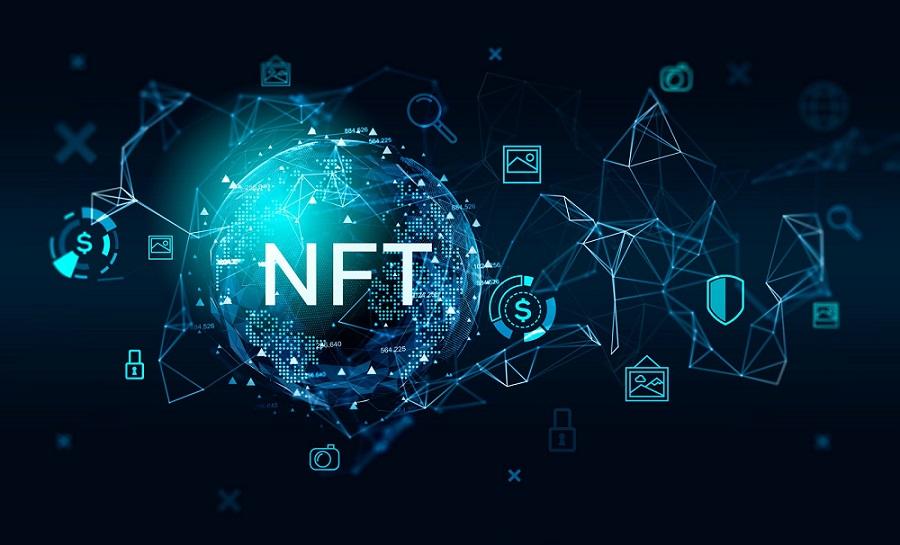A New Paradigm of Ownership: Understanding Non-Fungible Tokens

The digital world has unlocked a revolutionary new way to prove ownership, powered by the technology of Non-Fungible Tokens (NFTs). Unlike fungible cryptocurrencies like Bitcoin, where each unit is identical and interchangeable, an NFT is a unique digital certificate of ownership recorded on a blockchain. This uniqueness, or non-fungibility, allows it to represent a one-of-a-kind digital or physical asset, such as a piece of art, a collectible, or a ticket to an event. The economic potential of this innovation is immense, with the NFT market size projected to soar to an incredible USD 158.29 billion by 2034. This explosive expansion, fueled by a staggering compound annual growth rate of 38.5% during the 2025-2034 forecast period, signals a fundamental shift in how we perceive and interact with digital assets.
The magic of NFTs lies in their underlying blockchain technology, most commonly Ethereum. Each NFT is a unique token governed by a smart contract—a self-executing piece of code—that is permanently recorded on the blockchain's public ledger. This creates an immutable and transparent record of the asset's ownership history, from its creation (or "minting") through every subsequent sale or transfer. This verifiable provenance solves a long-standing problem in the digital world: how to prove authenticity and scarcity when digital files can be endlessly copied. By providing a decentralized and tamper-proof certificate of ownership, NFTs can endow a digital file with the same kind of verifiable uniqueness that gives a physical painting its value, transforming the nature of digital collecting and creation.
The applications for this technology are vast and are only beginning to be explored. The first wave of NFT adoption was heavily focused on the worlds of digital art and collectibles. Artists could now sell their digital creations directly to a global audience, with the smart contract often including a royalty clause that would pay them a percentage of every future resale—a revolutionary new economic model. Collectible projects, like the famous CryptoPunks and Bored Ape Yacht Club, demonstrated the power of NFTs to build vibrant communities around shared ownership of a limited set of digital assets, with the NFT acting as both a status symbol and a membership pass to an exclusive club.
While the initial hype cycle was characterized by speculation and high-profile art sales, the underlying technology of NFTs is now maturing and finding more practical, utility-based applications. They are being used to represent in-game assets in video games, allowing players to truly own and trade the items they earn. They are being explored as a new form of ticketing for events, where the NFT can prevent fraud and provide access to exclusive perks. The concept of a non-fungible token is a powerful building block for the next generation of the internet, the metaverse, where they will serve as the primary mechanism for defining ownership of virtual land, digital fashion, and a host of other digital goods and experiences.
Explore Our Latest Trending Reports:

